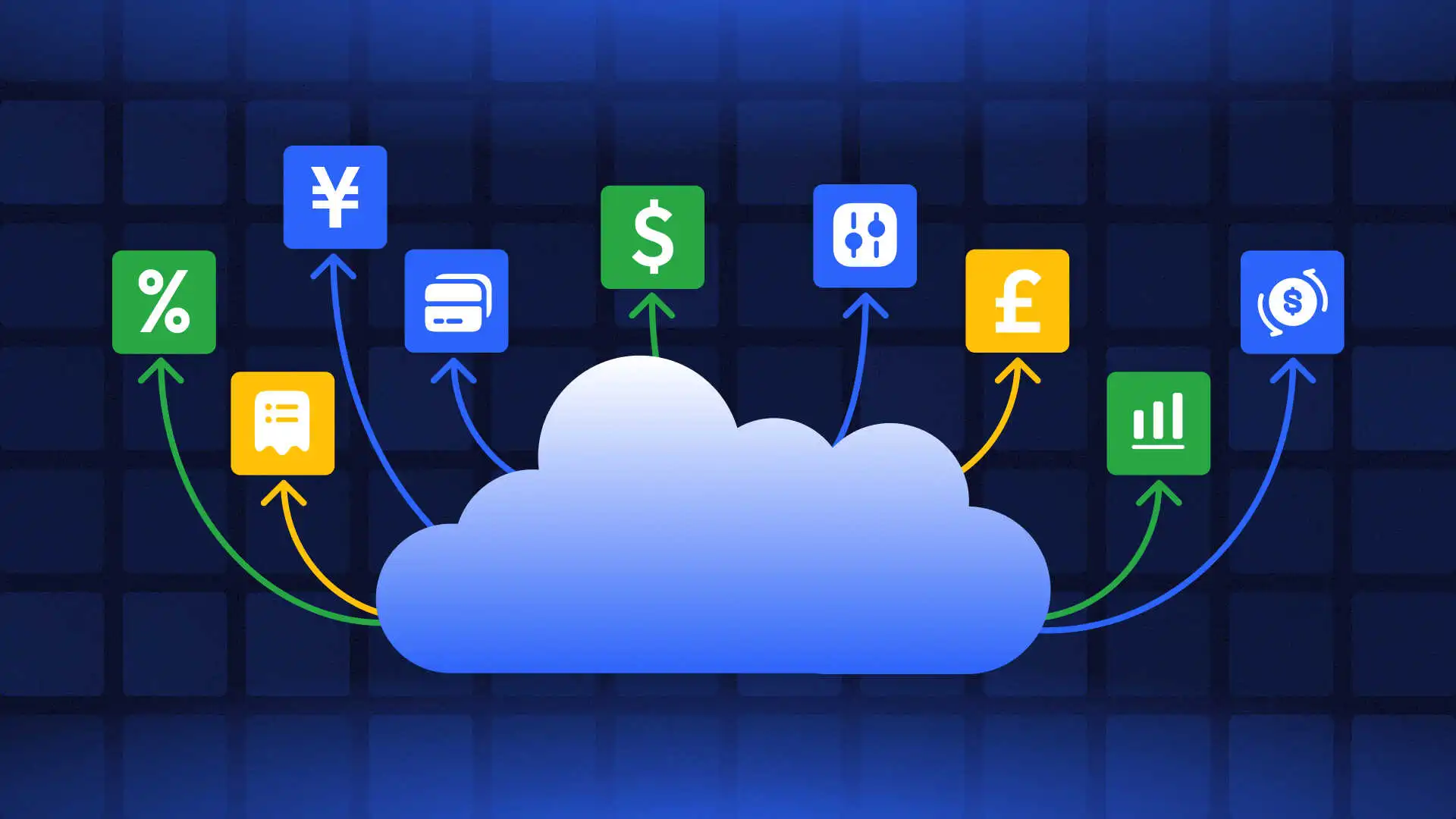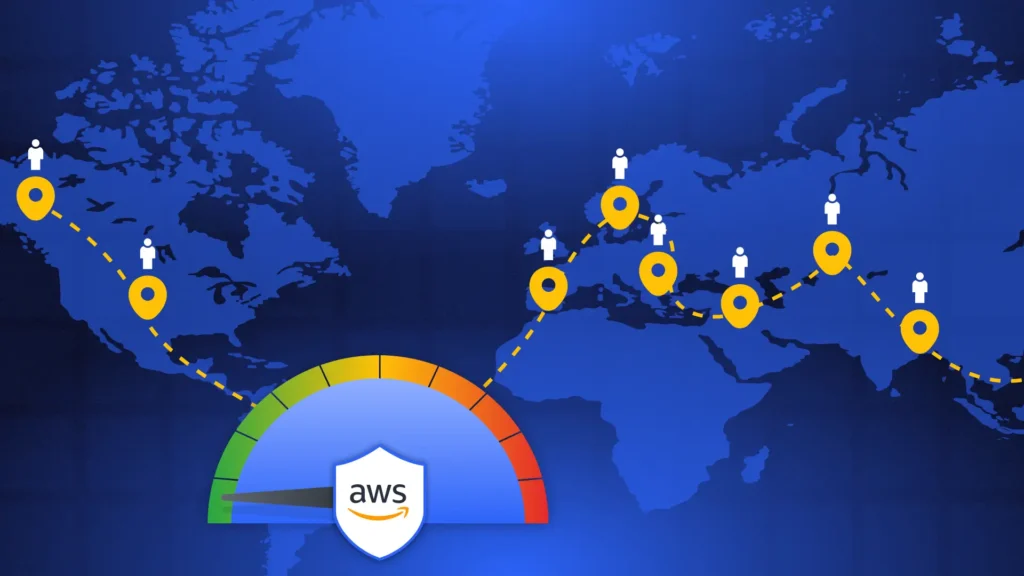In times of economic uncertainty, full cloud visibility and control are more important than ever.
For years, we’ve all deployed cloud infrastructure region by region—but we’ve mostly managed it with a global mindset. Teams scaled infrastructure where growth demanded, optimized later, and correctly assumed regional differences would be modest and manageable.
Now, in 2025, that assumption no longer holds.
Unpredictable tariffs and global trade friction are destabilizing regional taxes, vendor pricing and component costs – turning what used to be minor deltas into wide, hard-to-project swings. According to DataCenterDynamics, recent tariff hikes on semiconductors and networking gear are already driving up prices for data center and cloud providers—and those costs are being passed straight to enterprise customers. What was once a matter of optimization is now a guessing game—and a potentially costly one. Unless we do what cloud teams have always done when faced with new challenges: adapt.
The same cloud infrastructure—and its governance and automation approaches—that made sense last quarter may now carry radically different cost, risk and compliance implications, not to mention their long-term changes we can’t predict.
What to do?
Originally published on TechStrong
Global Complexity, Local Control
Many enterprises still think of their cloud environment as one platform. But the reality? Cloud teams are managing dozens of different regional zones—each with its own rules, pricing structure and exposure. In the current economic environment, cloud spending isn’t just growing. It’s diverging.
This means that having a clear view of all your cloud resources is not a luxury. It is essential for managing cloud infrastructure across multiple regions. Because you can’t govern what you can’t see. And without precise governance, every regional decision—whether it’s provisioning, scaling or deploying—carries risk.
A New, Unpredictable Reality effecting cloud infrastructure visibility
Cloud leaders don’t need a reminder that our costs are rising. But what’s changed is the predictability. Decisions that used to come down to cost/performance trade-offs now carry unknowable business impact, even in the short term.
We can’t plan around global averages anymore, especially given the huge changes to economic policies week over week. We need to understand how each region’s changing economic plans fit into the global puzzle—and act accordingly.
Without visibility into where infrastructure is running—and what it’s doing there—any enterprise cloud infra is exposed to economic impacts, short-term and long. Without good automation and clear rules, any cloud leader could have a risky deployment. They might also lose a lot of money from just one request.
How to Ride the Economic Waves–and Maintain Control of Infra
Cloud leaders who’ve seen this shift coming all have the same approach: adopting a be-prepared-for-it-all posture–not unlike consumer tech companies. And the only way to be prepared for every potential change is to establish full visibility across every region our cloud infra operates in.
From my perspective, that means a few things:
- Limiting deployment in high-risk, unpredictable regions
Whether it’s tariffs, vendor pricing changes or local policy shifts, some regions now carry outsized risk. Prepared teams are enforcing rules around where services shouldn’t run—before mistakes happen. - Migrating workloads proactively
Moving from one region to another—say Frankfurt to Milan—isn’t just about cost. It’s also about maintaining compliance and staying aligned with business priorities. But to do that well, you need automation and governance that work across environments. - Blocking certain services in certain regions
Some cloud services come with higher risk in specific regions. Guardrails now need to operate at the intersection of service type and region, not just account or environment. - Applying region-aware policies automatically
Now’s a good time to replace those static global policies. We all need to use end-to-end automation. This helps us apply controls based on location, team, and resource type. That means safer scaling without centralized bottlenecks. - Deploying safe self-service
Developers still need to move fast—but now they need to do it inside a tightly-defined boundary. A clear understanding of what’s being deployed, where and by whom ensures that speed doesn’t come at the expense of the ability to respond decisively to regional changes in policy or cost. - Responding without disrupting
Whether we’re shifting a deployment, tightening policy or disabling access to a new region, we can still move quickly in times of uncertainty—if we’ve invested in maintaining strict governance and control. Don’t wait for a new tool or the next crisis to act.
Total visibility and control are baselines for the uncharted territory we find ourselves in. Cloud teams that have already embraced them are well-positioned to effectively govern in these times–region by region, without slowing down.
This Isn’t Going Away
Macroeconomic volatility and risk are here to stay. Their effects on your infrastructure will also continue in each region. Which means the risks to your cloud infra’s efficiency, compliance, and cost-efficiency posture are here to stay.
The next few quarters–and probably years–will reward cloud teams who can adapt to changing conditions and effectively govern a series of local realities with precision. This time of cloud leadership is not just about growing globally. It’s also about knowing exactly where and how you are growing. That’s the only way to solve the global-local infrastructure puzzle.
Why Cloud Infrastructure Visibility Is the First Step Toward Regional Control
Ready to take control of your cloud visibility and governance across regions?
👉 Request a demo to see how ControlMonkey gives you full visibility and policy automation at scale.





